Atarazanas Market
A busy indoor market called Atarazanas Market can be found in the center of Malaga, Spain. For more than a century, residents and visitors have used the market, which is situated in a historic structure that was formerly a shipyard (known in Spanish as an atarazanas), to purchase fresh vegetables, fish, meat, and other regional delicacies.
There are vendors offering everything from fresh fruits and vegetables to fish, meat, cheese, olives, spices, and more throughout the market’s many sections. Along with a range of prepared meals, including tapas and fried fish, tourists may also discover regional wines and alcoholic beverages.
One of Atarazanas Market’s attractions is its gorgeous entrance, which has a spectacular stained glass display that shows historical images from the city’s past. The window is a favorite location for photography and is itself a piece of art.
Atarazanas Market has a variety of artisanal stores that sell locally manufactured textiles, pottery, and other goods in addition to its food selection. The history of the structure and the city is also displayed in a small museum on the market’s upper floor.
The market is open every day of the week except Sunday.
Calle Larios
Located in the core of Malaga, Spain’s historic district, Calle Larios is a pedestrian-only street. The street has the name of Manuel Domingo Larios, a prominent local merchant who contributed significantly to the growth of the city in the nineteenth century.
Calle Larios is one of Malaga’s major commercial and cultural thoroughfares, lined with fine buildings, boutique stores, cafés, restaurants, and cultural attractions. Locals and visitors alike flock to the street, in particular, to stroll down the broad avenue that is marble-paved and take in the vibrant energy of the city.
A variety of significant historical and cultural sites, including the Carmen Thyssen Museum, the Malaga Picasso Museum, and the Marques de Larios Palace, can be found on Calle Larios. The Boulevard is a popular venue for festivals and cultural events all year long, including the annual Malaga Fair, which is held in August.
Malagueta Beach
One of Malaga’s best-known beaches is Malagueta Beach. The beach, which spans over a kilometer along the Mediterranean Sea and is only a short distance from the city center, provides guests with a wide selection of services and activities.
The beach is famous for its golden sand and clean waves. Visitors may partake in a number of water sports, including jet skiing, paddle boarding, and kayaking, or they can just laze on the sand and take in the sun.
Malagueta Beach also has a large selection of bars, eateries, and retail establishments that serve the requirements of tourists. There are plenty of places to eat and drink along the shore, from beachfront pubs providing cold beverages and munchies to upmarket seafood restaurants.
For those seeking something more strenuous, a sizable park surrounds Malagueta Beach where guests may stroll, jog, or ride bicycles. A volleyball court, a football field, and a skate park are among the athletic amenities found in the park.
Botanical Garden of La Concepcion
Malaga is home to the ancient Botanical Garden of La Concepcion. A vast variety of plant species from all over the world, including tropical and subtropical species, can be found in the garden, which was established in 1855 and spans more than 23 hectares.
The garden is broken up into several areas, such as a portion with tropical rainforest, a collection of cacti and succulents, and a garden with Mediterranean plants. The trails in the garden allow visitors to slowly meander around the many plant collections, which include rare and exotic species.
A 19th-century palace, fountains, waterfalls, and a variety of garden pavilions are just a few of the historic features that can be seen at the Botanical Garden of La Concepcion. The Jardin de los Poetas (Garden of the Poets), which includes sculptures and busts of famous Spanish poets and writers, is the focal point of the garden.
Roman Theatre
The Teatro Romano, sometimes referred to as the Roman Theatre in Malaga, is a historically significant theater that was built in the first century BC. A building’s construction in 1951 led to the discovery of the theater; it has since been renovated and made available to the public as a historic site.
During their time in Spain, the Romans constructed the theater, which was utilized for shows and other events for more than 200 years. The theater was left to deteriorate after the Roman Empire fell, and many of its stones were later utilized in nearby construction projects.
A museum that exhibits numerous objects from the location, like columns, sculptures, and inscriptions, is accessible to tourists in addition to the theater itself. Additionally, the museum has interactive exhibits that let visitors learn more about the history of the theater and the Romans who used it on a day-to-day basis.
Picasso Museum
The Pablo Picasso Museum is a museum devoted to Pablo Picasso’s life and artistic creations. The museum is housed in the elegant Buenavista Palace, a 16th-century structure in the core of Malaga’s historic district.
Over 200 Picasso pieces, including paintings, sculptures, pottery, and sketches, may be seen in the museum, which opened its doors in 2003. The artwork is arranged chronologically, allowing viewers to follow Picasso’s artistic development from his formative years as a student to his final years as a true artist.
Additionally, the museum holds transient exhibits that highlight the works of other artists or concentrate on particular subjects or eras in Picasso’s life. To understand more about Picasso and his work, visitors may take participate in lectures, seminars, and other educational activities.


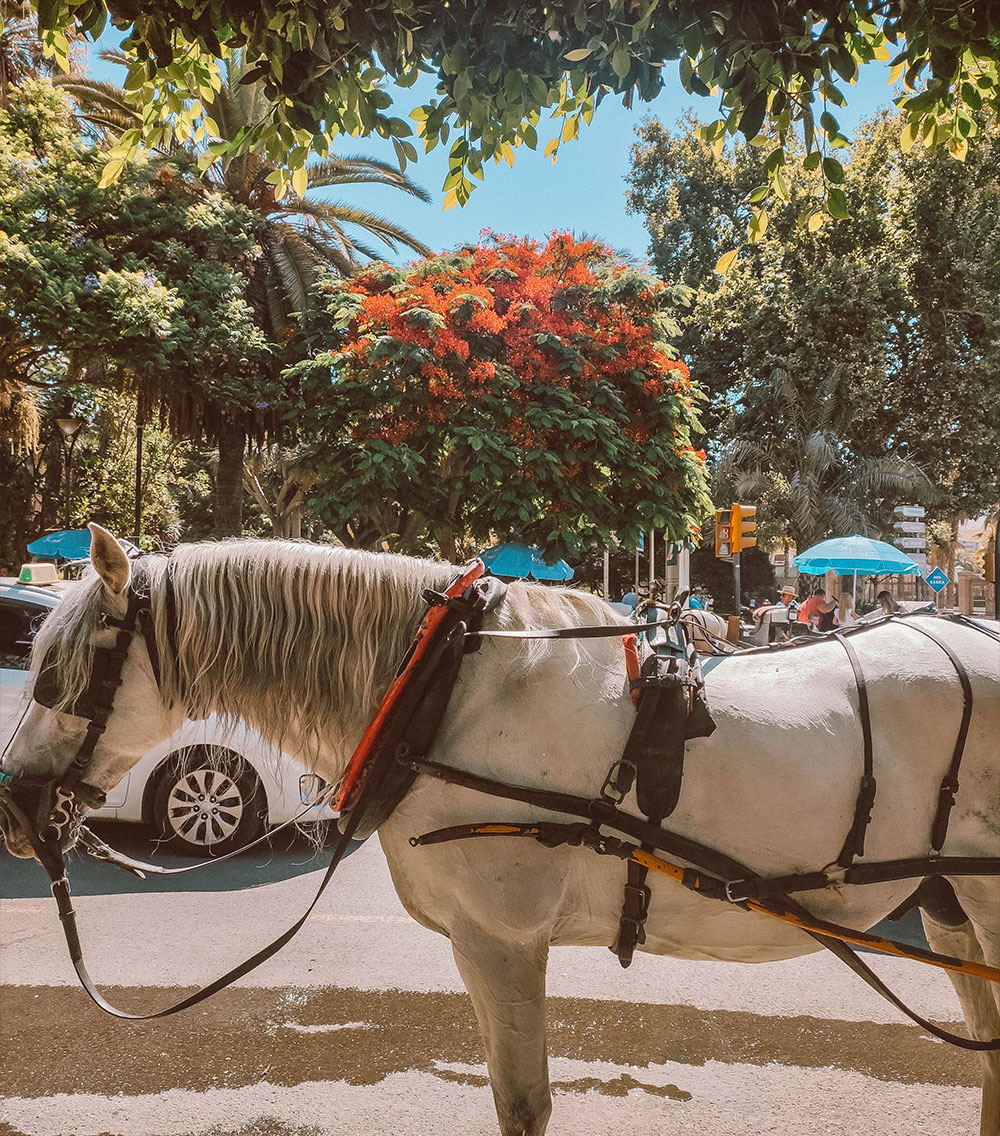
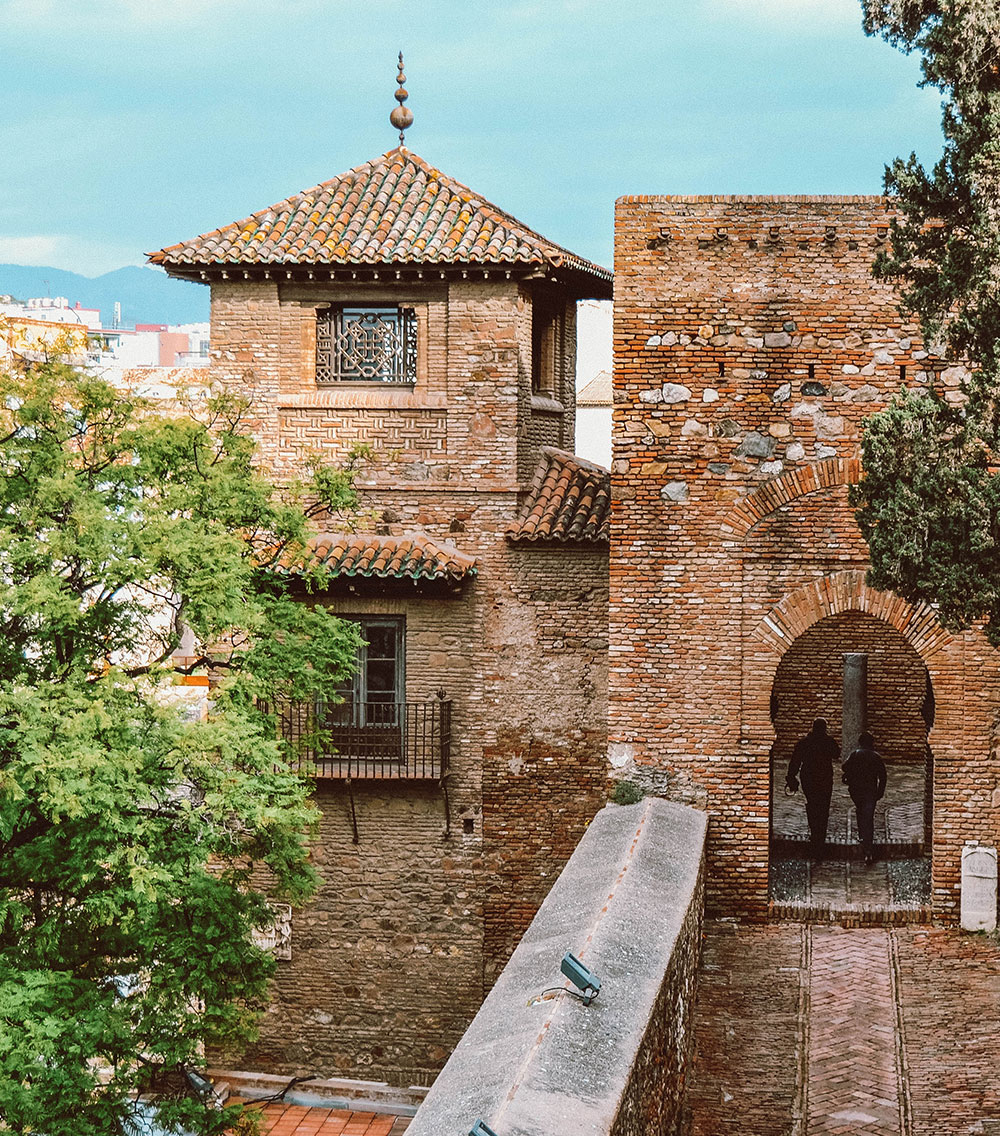
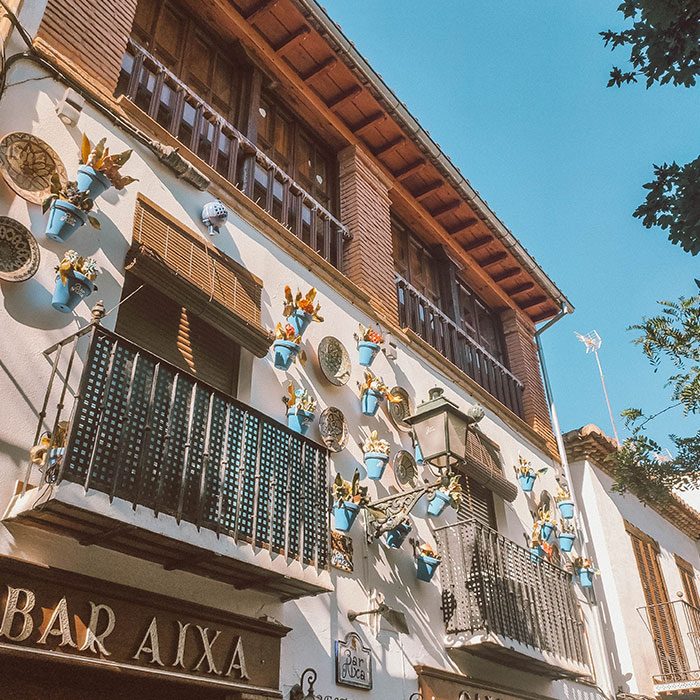




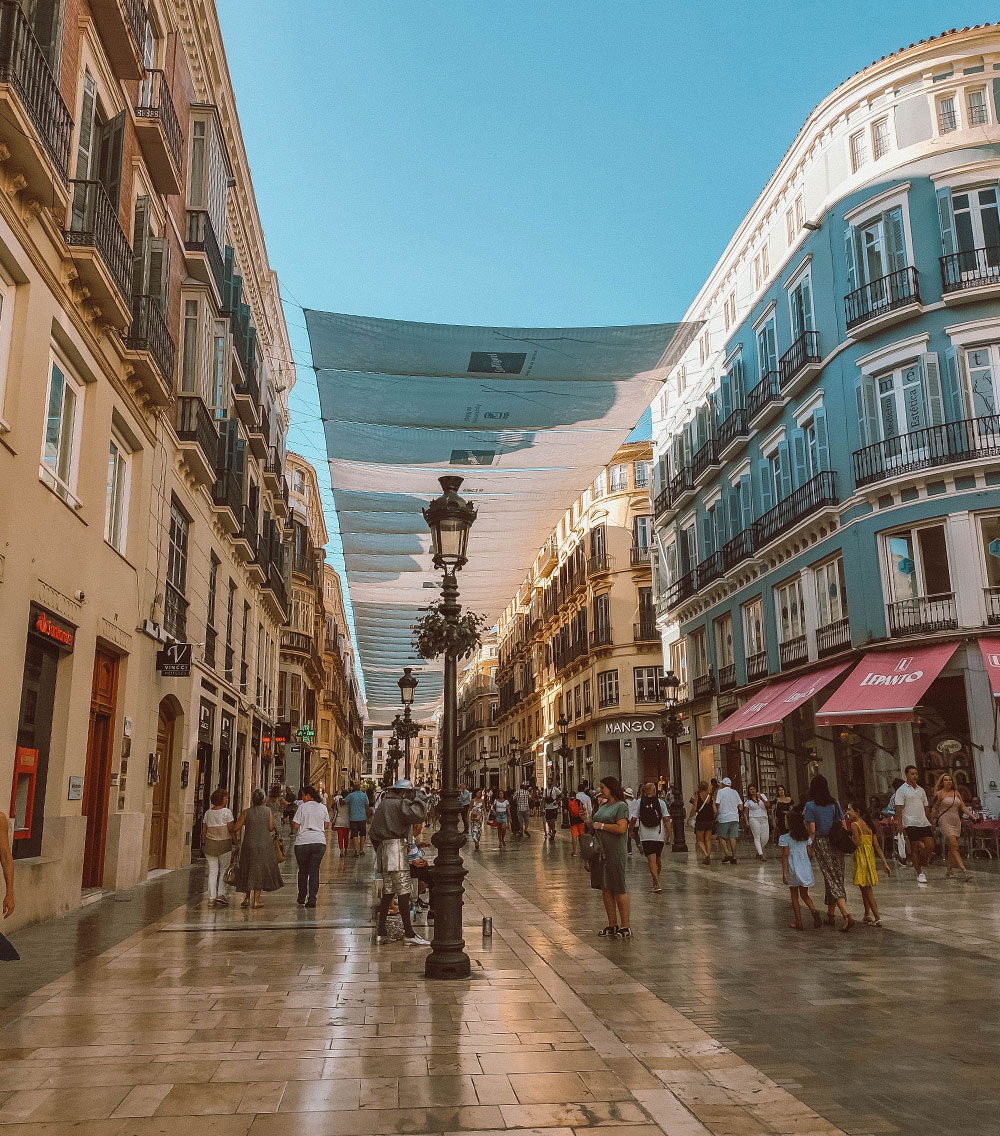
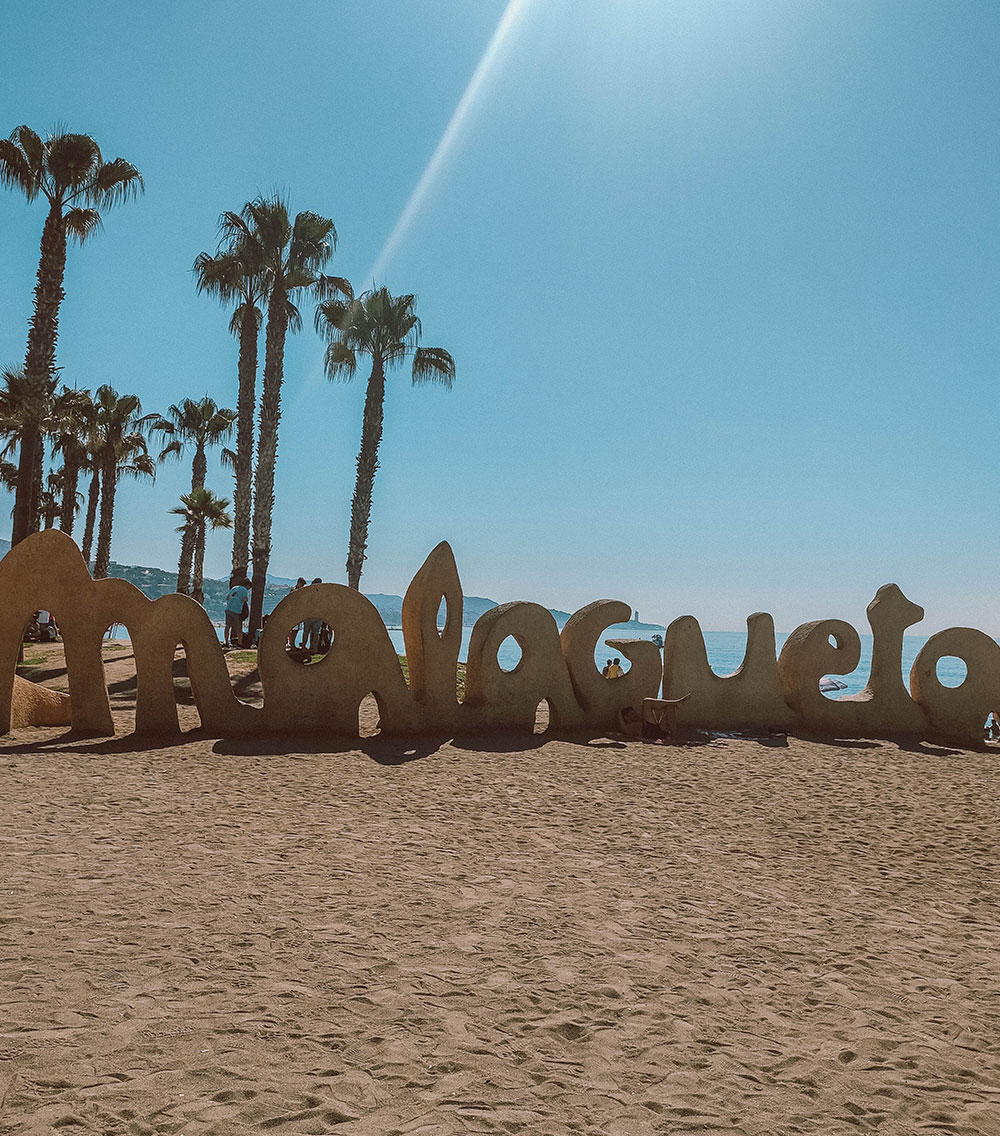
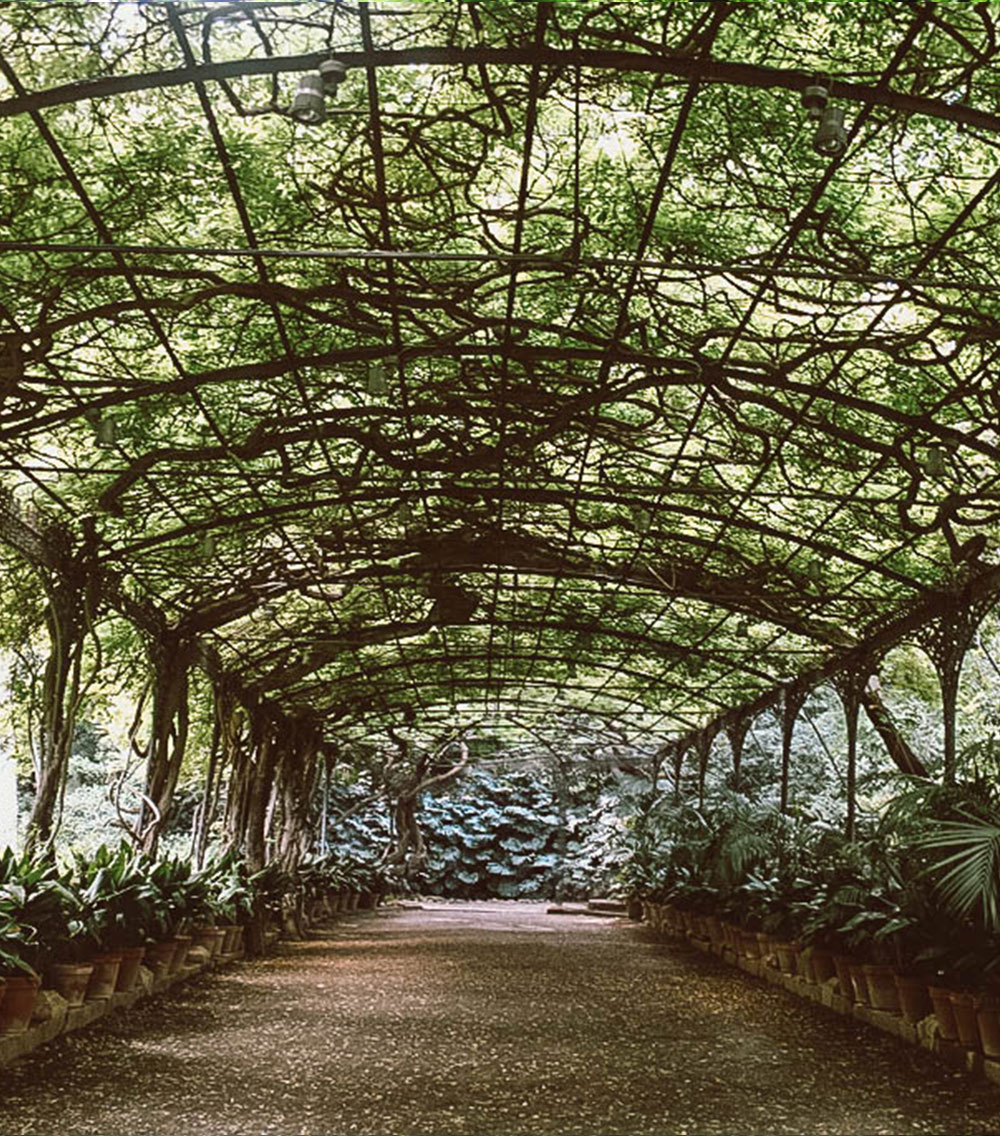
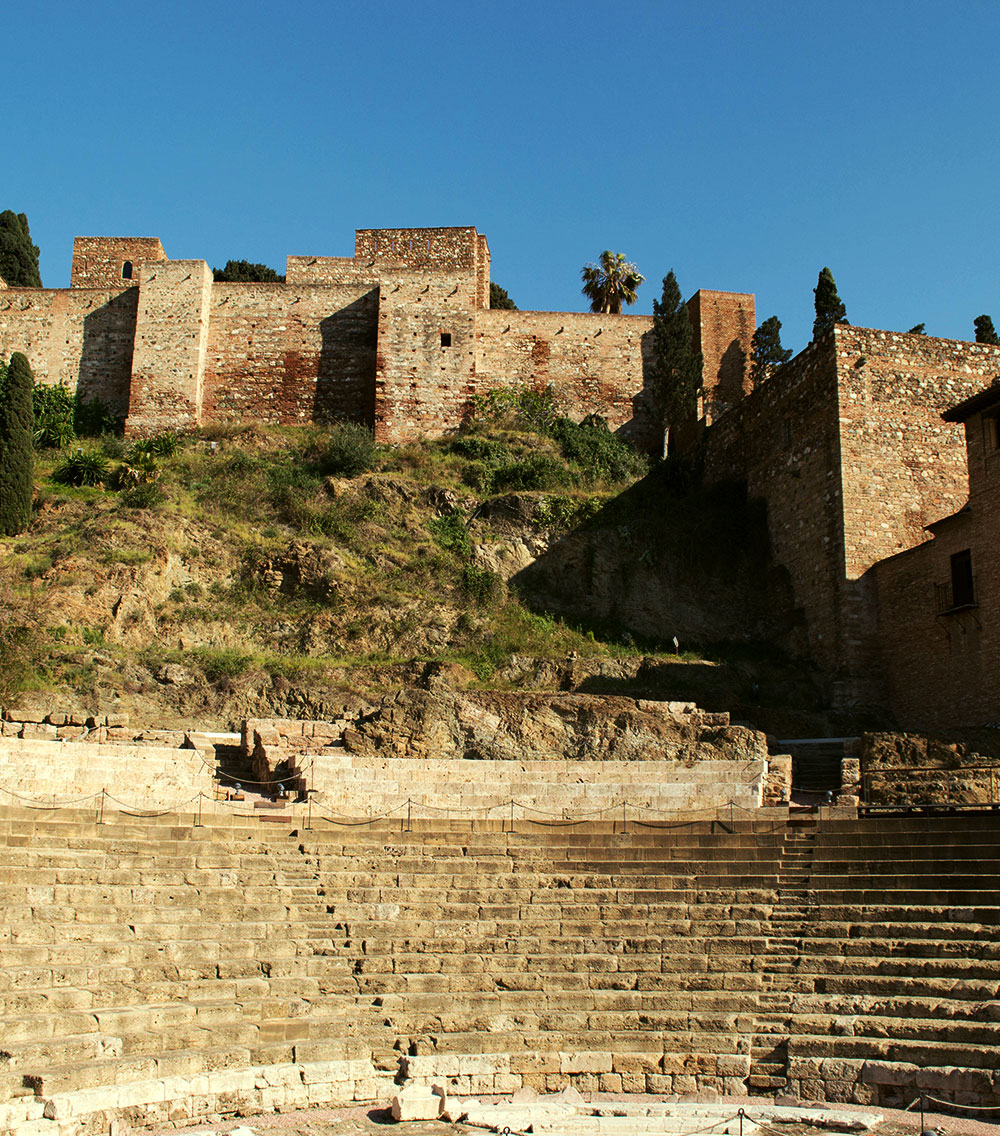
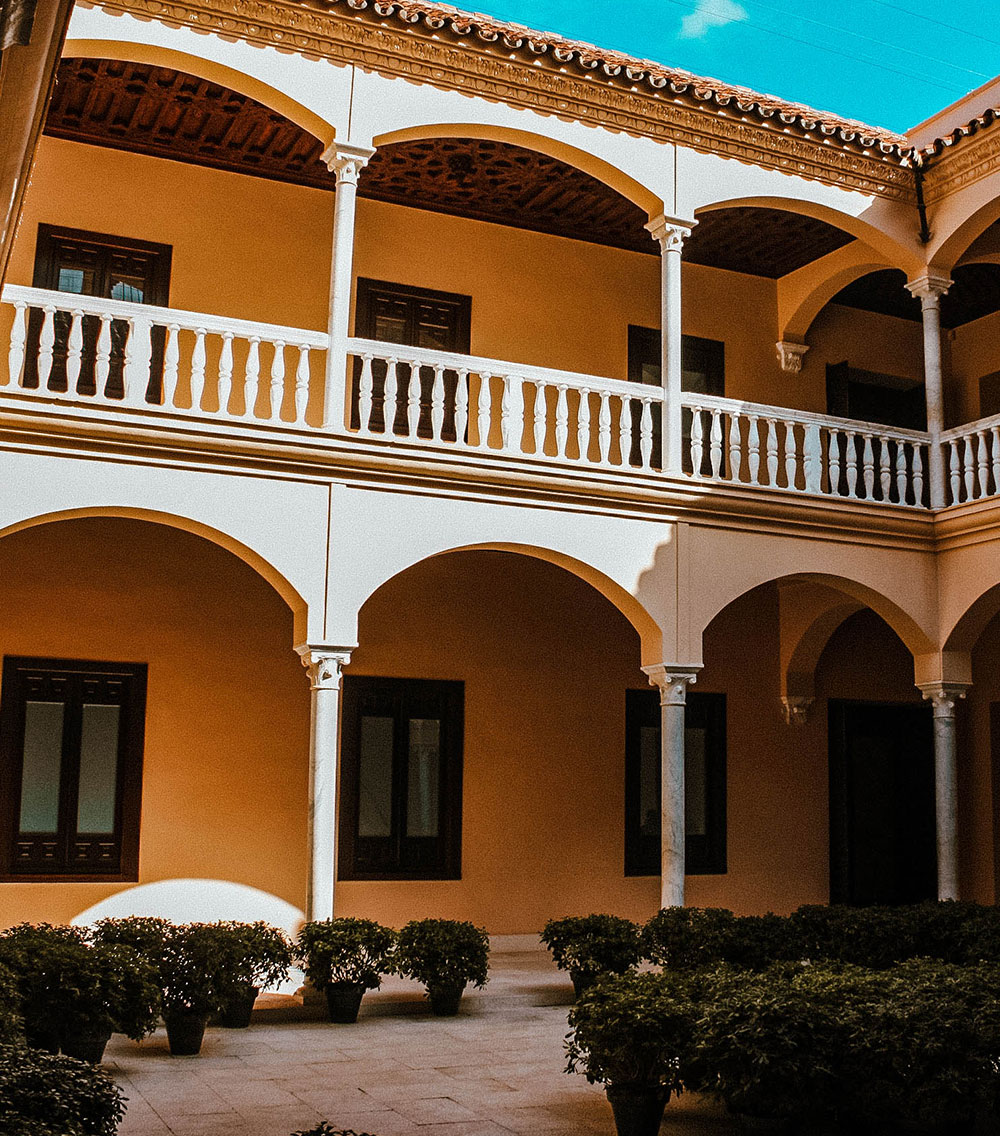
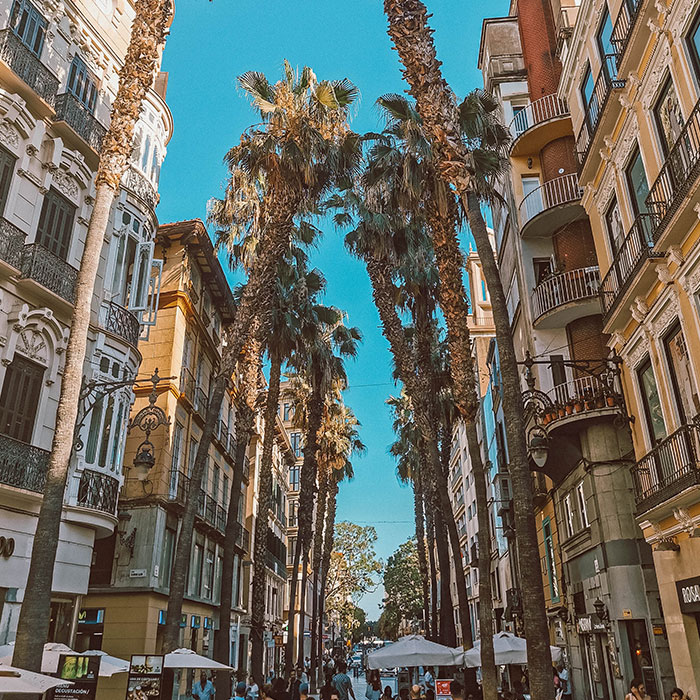
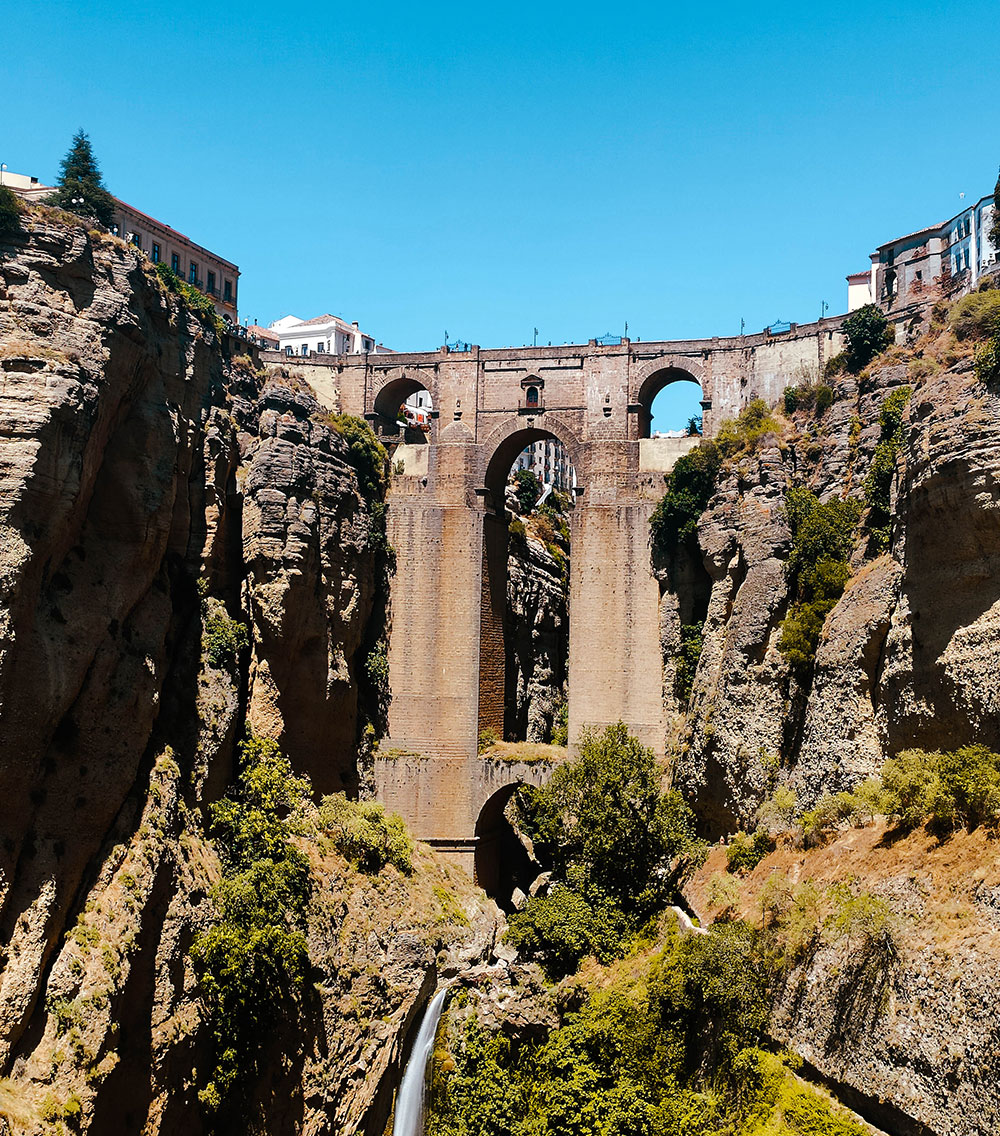
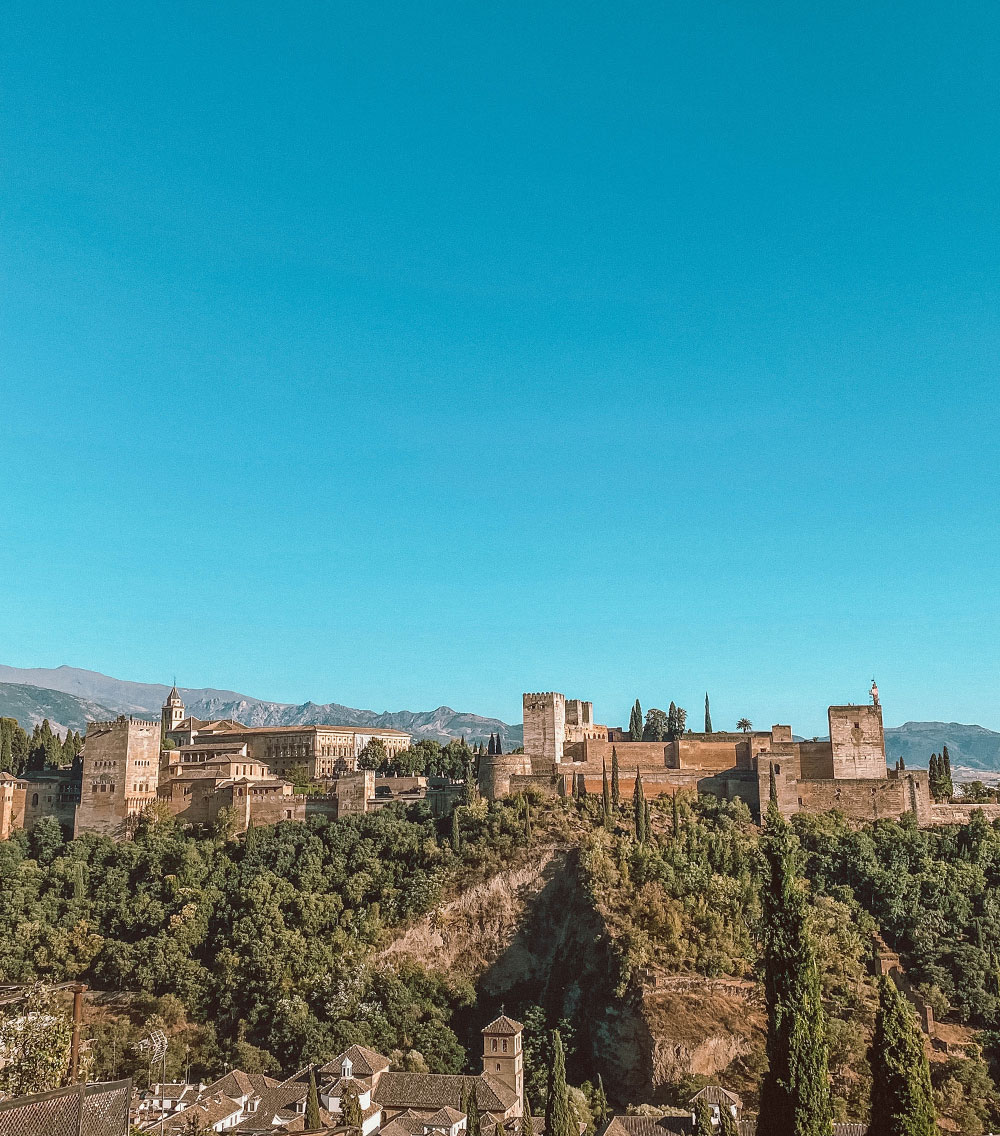
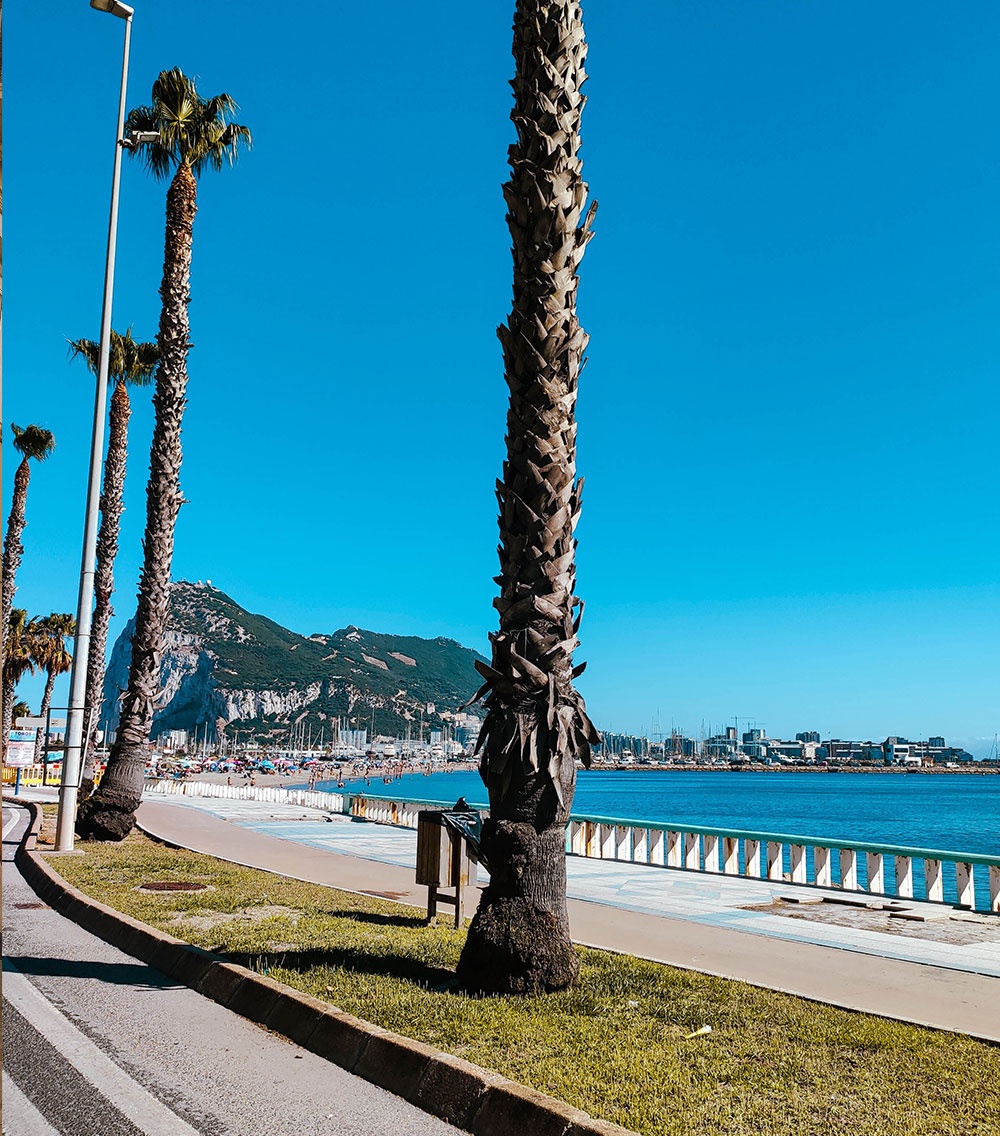

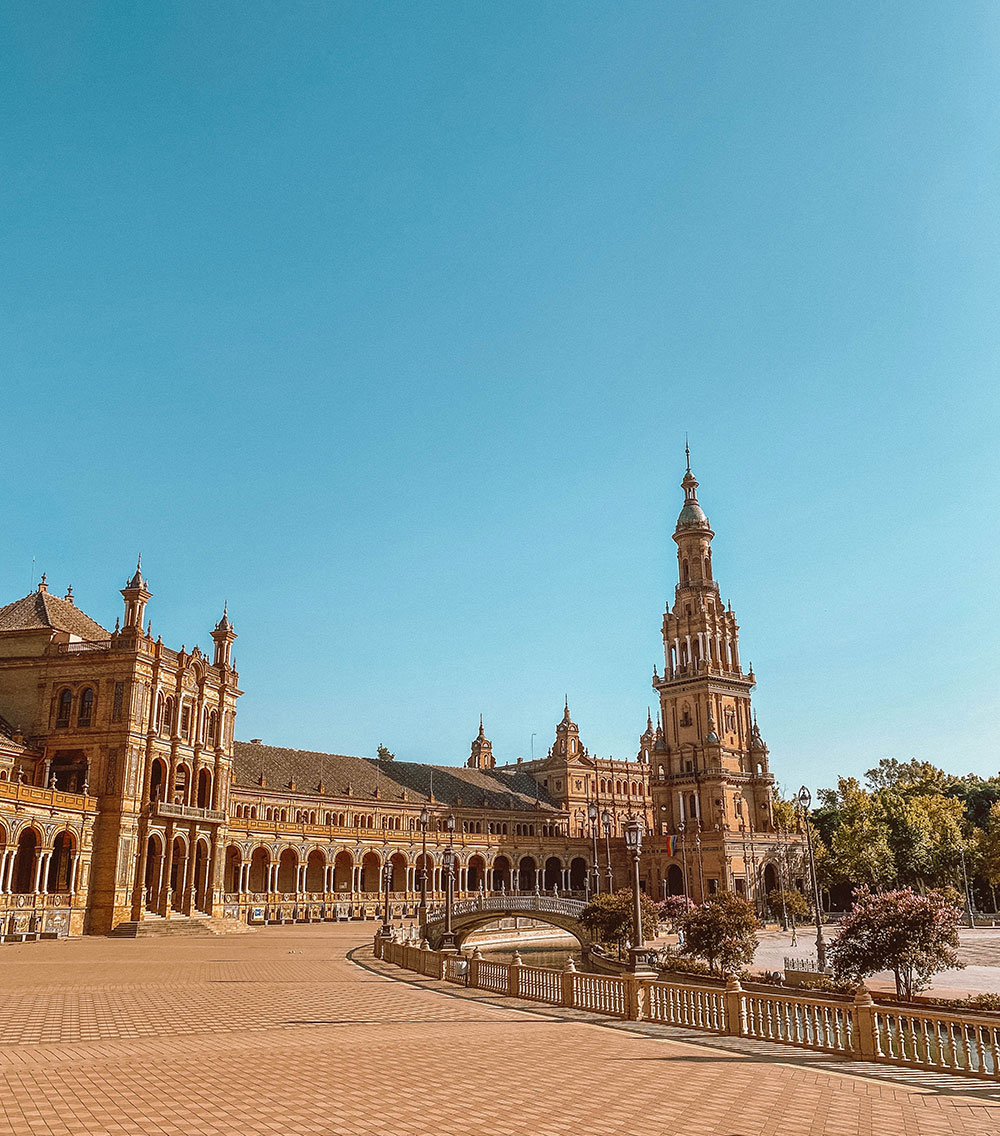
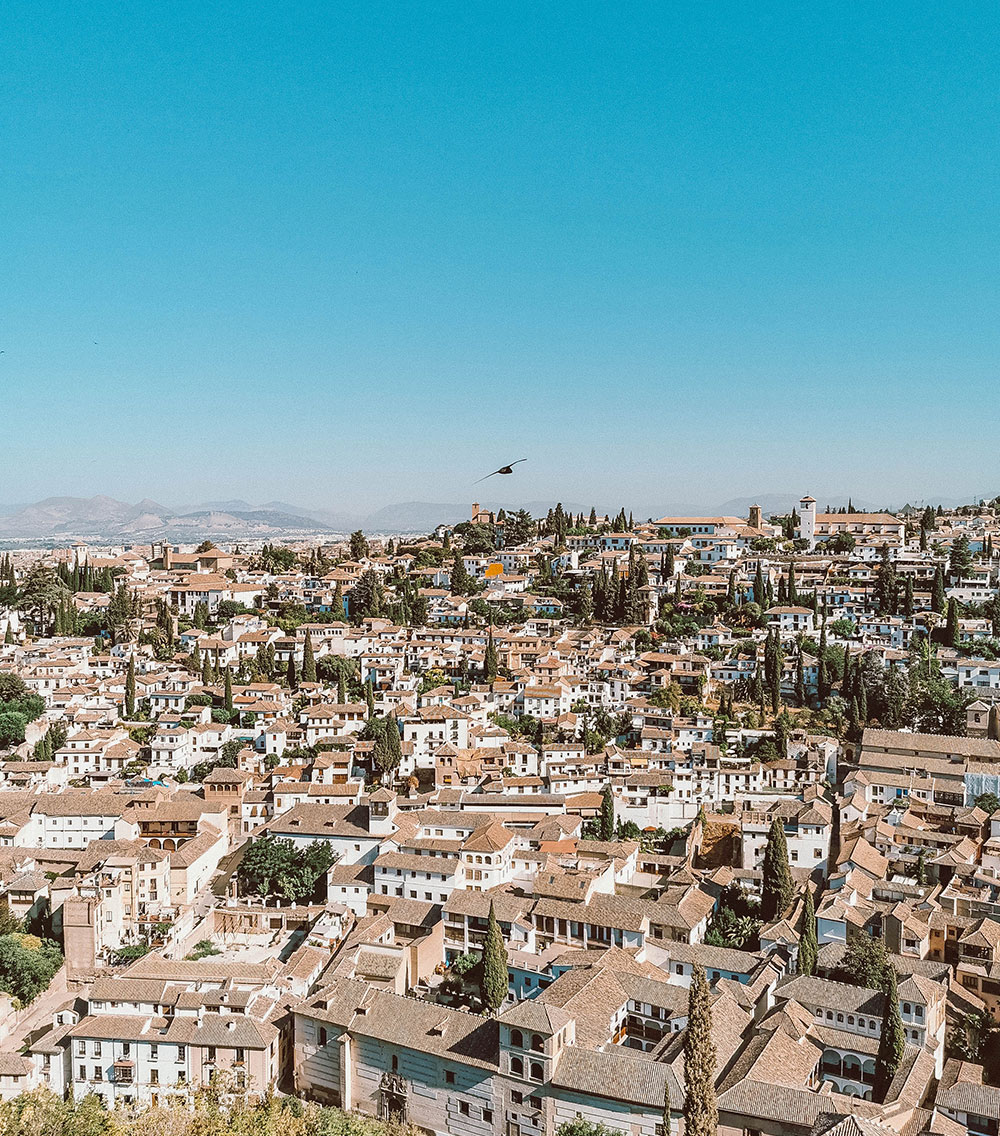

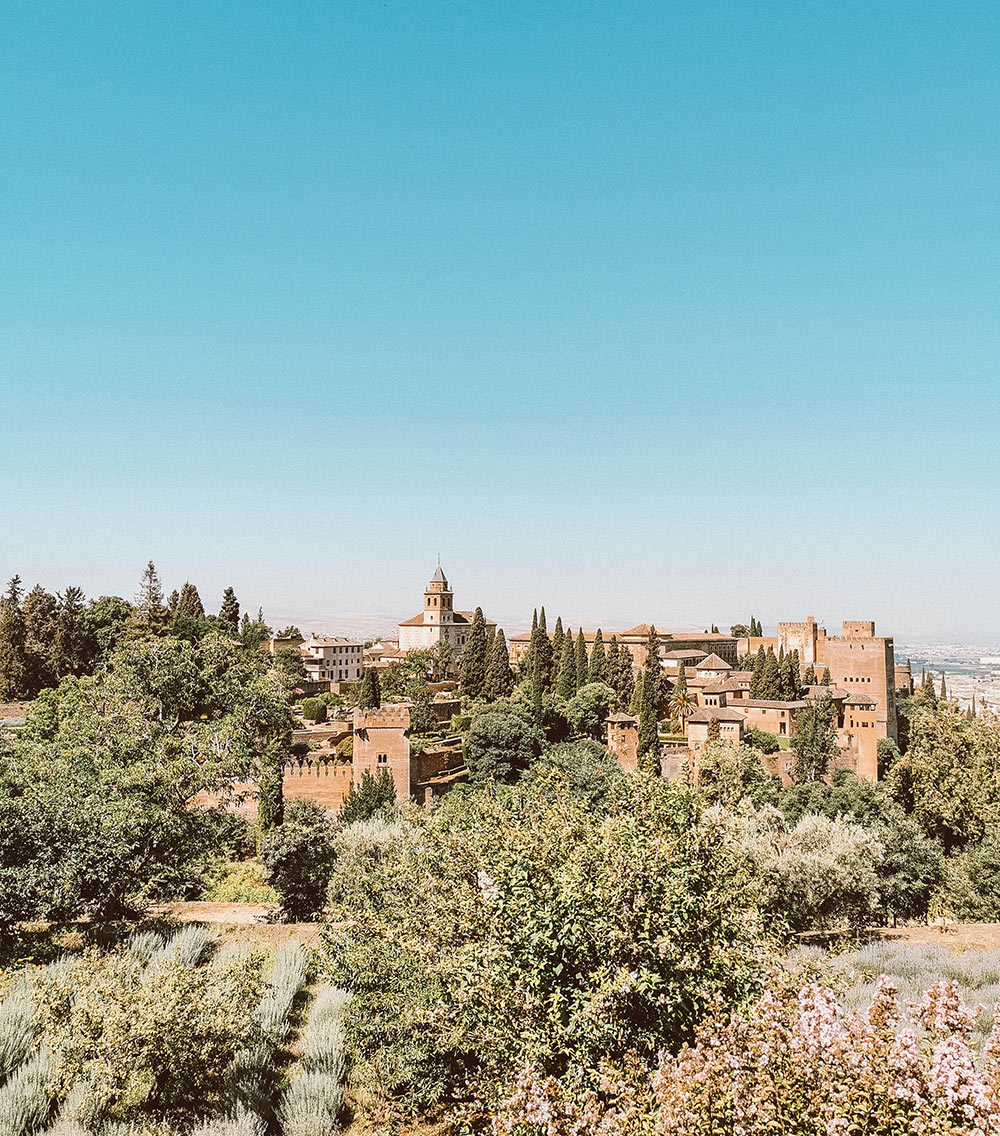
No Comments